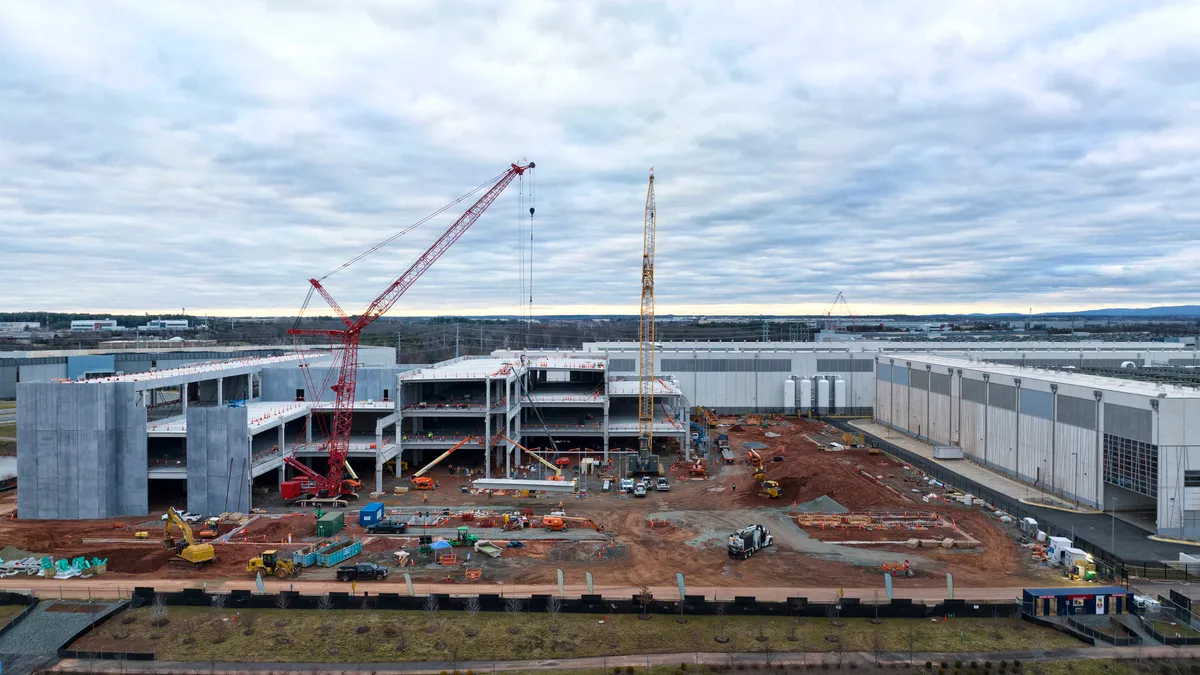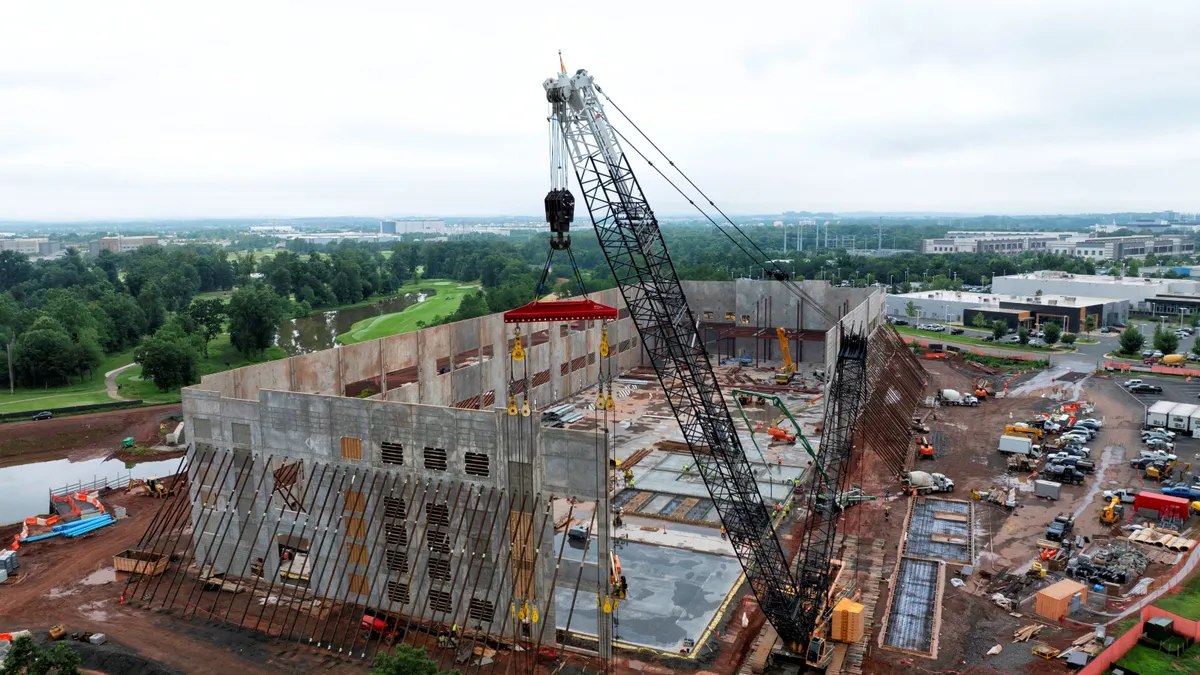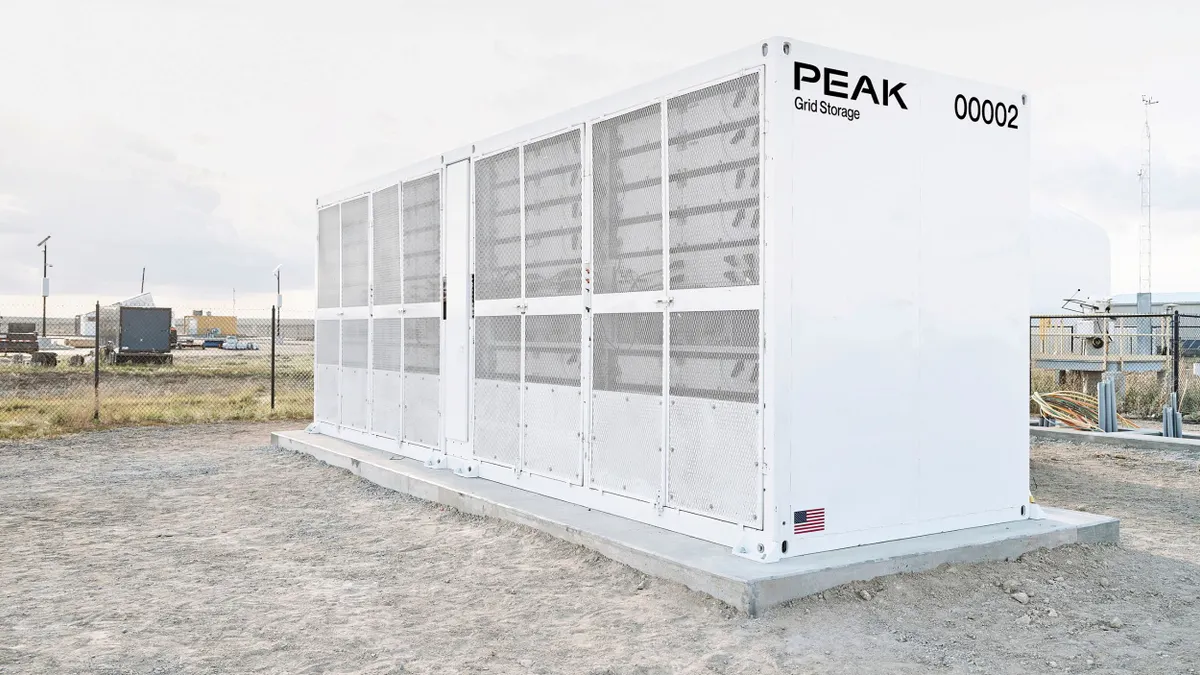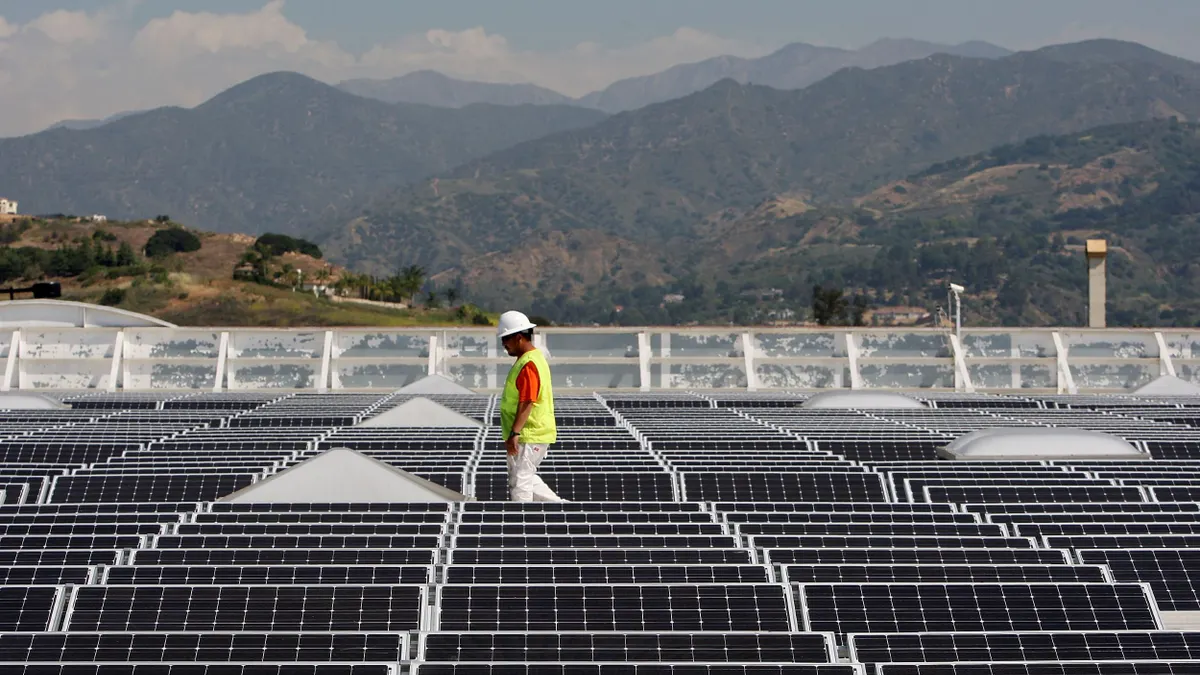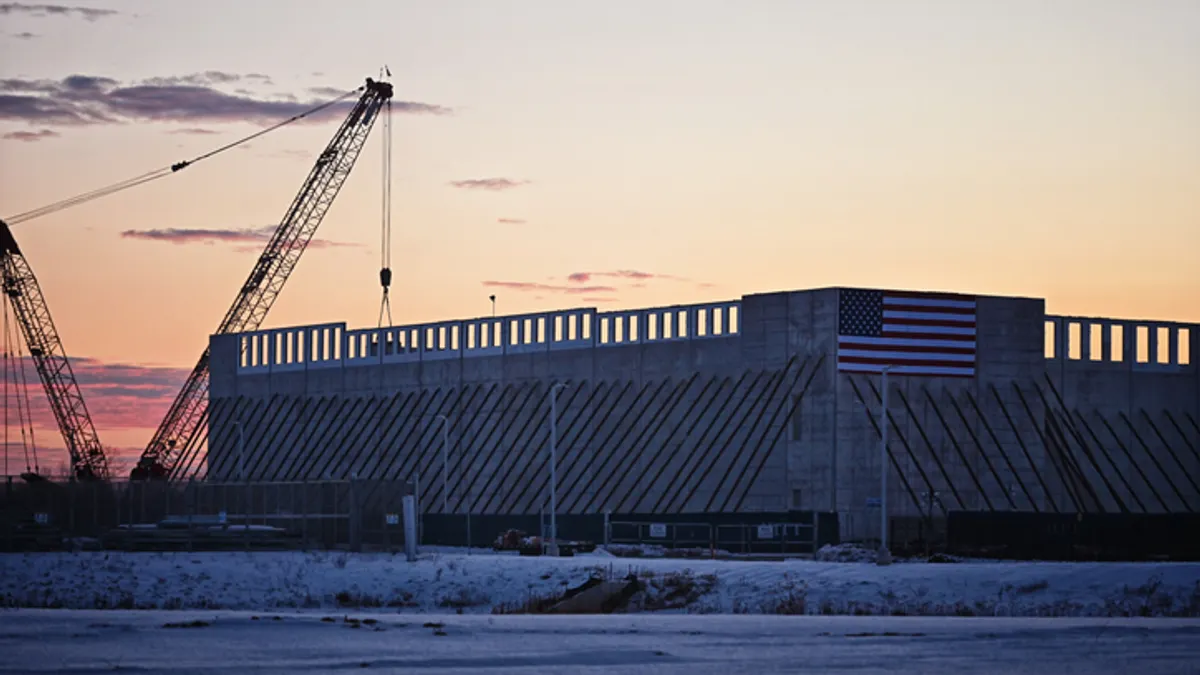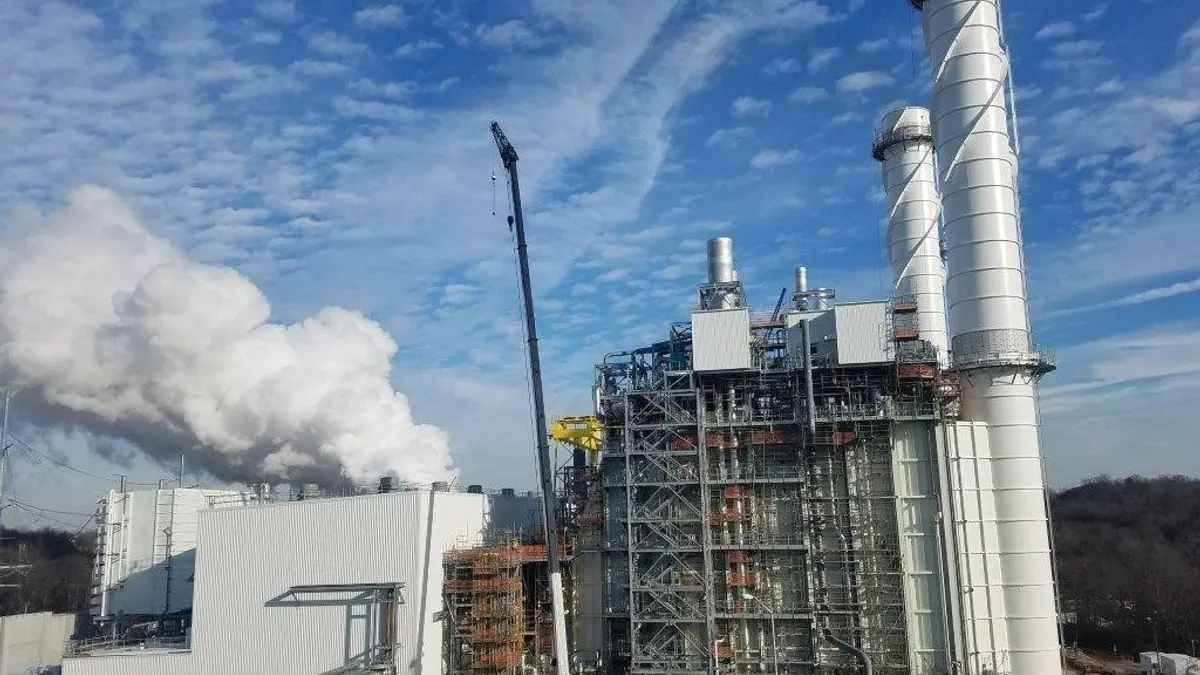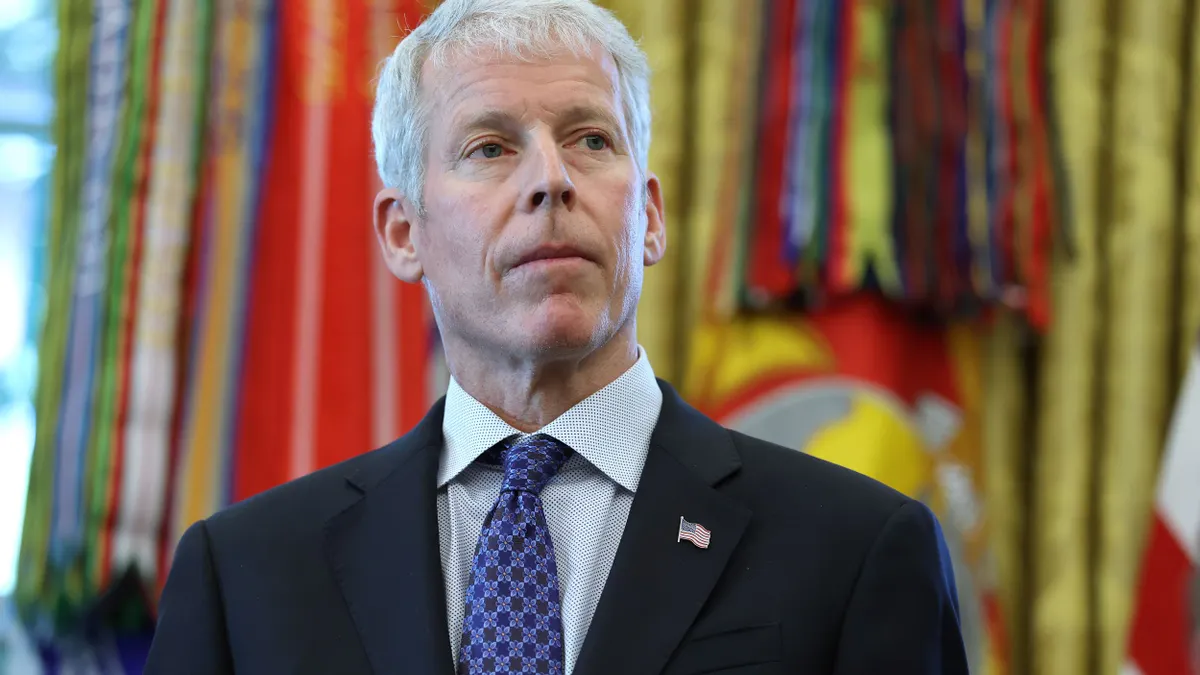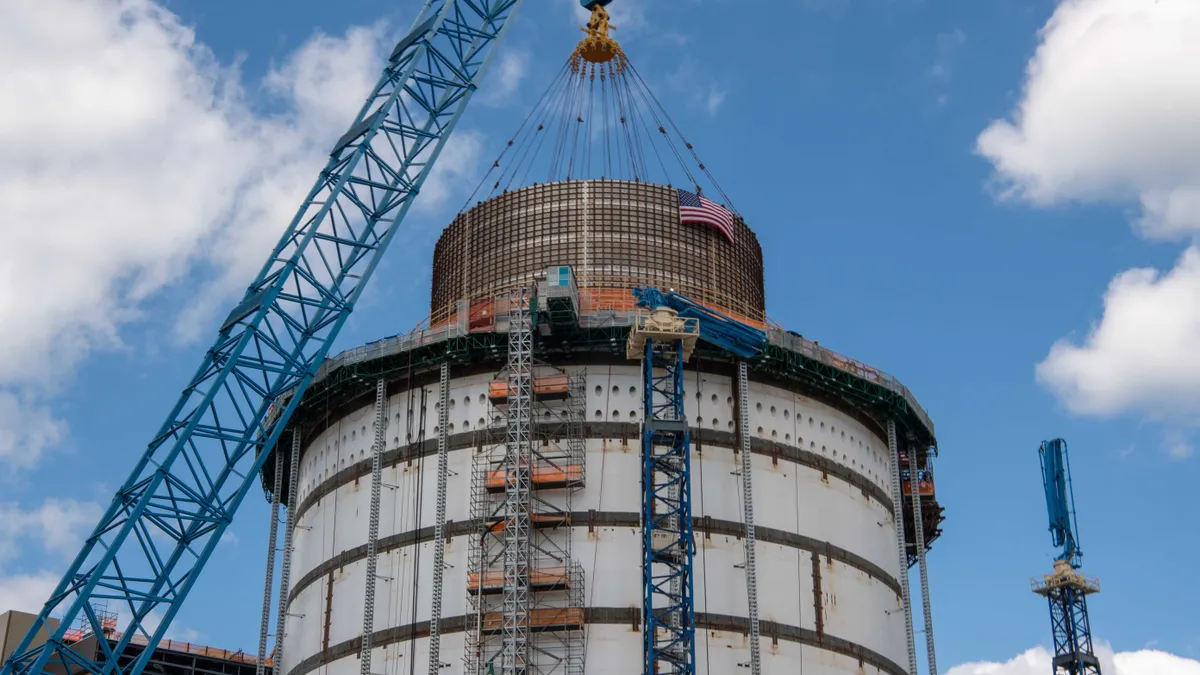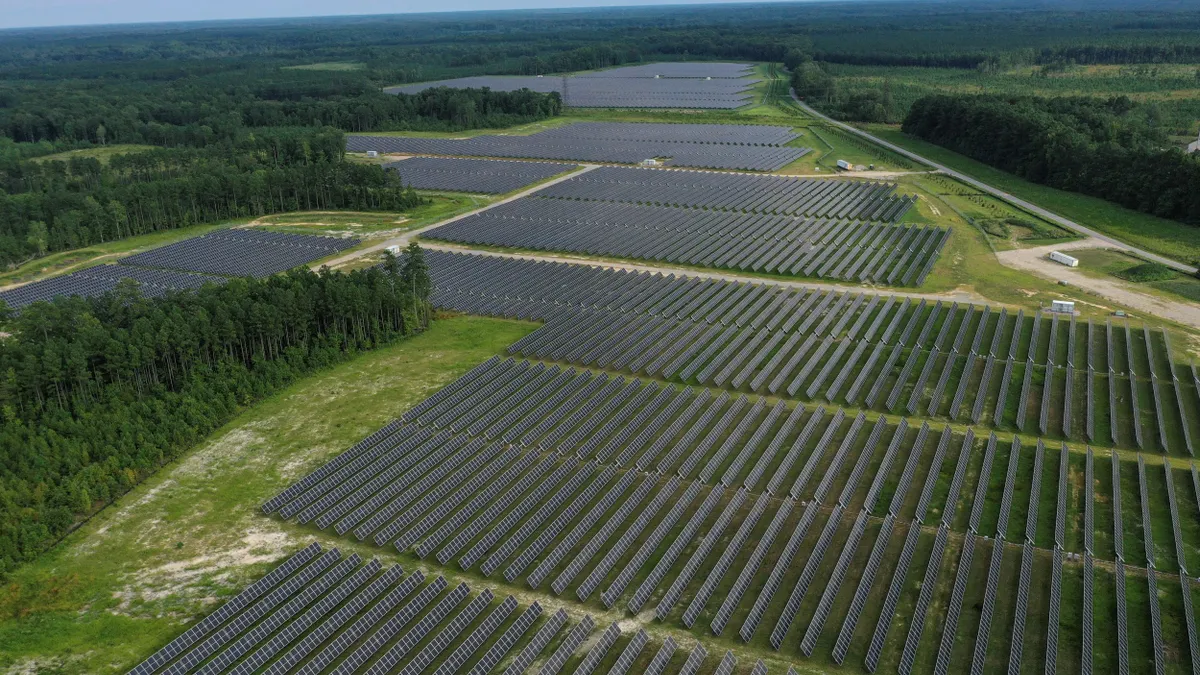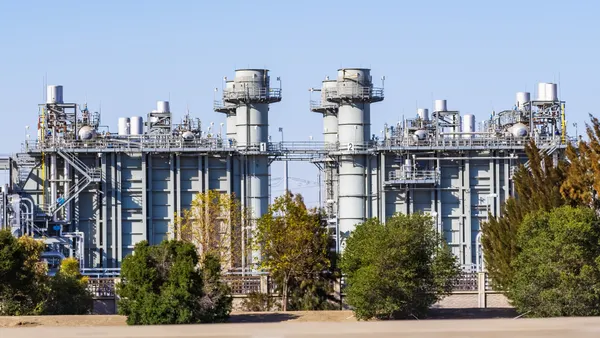Joe Brettell is a partner at Prosody Group and Jeff Berkowitz is the founder and CEO of Delve DC, an AI-driven opposition research and market intelligence firm.
As the race to deploy AI infrastructure intensifies, technology firms and power providers find themselves navigating an increasingly complex political and regulatory landscape. For years, states have aggressively courted data centers — offering tax incentives and infrastructure support in hopes of attracting high-tech jobs and future-focused investment. The rise of AI has only accelerated this trend, transforming data centers into critical infrastructure. But now, both the energy and tech sectors are discovering that their once-symbiotic relationship with state and local governments — and with each other — is growing more complicated.
Much of this complexity becomes clear when examining the full picture — one surfaced through our long-time experience advising energy and infrastructure firms and in conversations with stakeholders in and around these industries, as well as an AI-driven deep dive into local, state and federal regulatory proposals.
The reality check: Competing demands and mounting pressure
The boom in AI-driven data center development has created unprecedented demand for land, electricity and water; a dynamic that has spawned growing opposition from communities, utility grid operators, wary regulators and environmental advocates.
Power consumption is perhaps the most widely discussed concern — a dominant topic at the recently held CERA Week, and one that hits most residents directly. A single data center can use as much electricity as a mid-sized U.S. city. Utilities in states like Virginia, Illinois and Utah are struggling to meet soaring demand, raising concerns about grid reliability and equitable access to energy.
Meanwhile, pressure from investors to both keep pace and show progress on the massive investment in AI means tech companies need to move fast — often faster than regulators and infrastructure can keep up. Even in areas where energy development is a part of the social fabric, these concerns have driven controversy. Take Entergy’s $10 billion deal to power a new Meta AI data center in Louisiana, which has drawn swift backlash and lawsuits from environmental groups — even as the state’s governor, utility regulators and tech partners appear aligned.
Water use, though less publicized, is equally concerning. Advanced AI cooling systems demand significant water resources. In drought-prone states like Arizona and California, this need is becoming a decisive factor in where and how data centers can be built. Activists and lawmakers are asking hard questions about whether such projects align with broader environmental goals and local needs.
Jobs vs. incentives: The economic equation
States are also reevaluating the economic promise of data centers. While early enthusiasm centered on the potential for long-term investment and high-tech job creation, the reality is more nuanced. As local lawmakers quickly learn, data centers often operate with minimal staffing, and in many communities, the return on generous tax incentives appears limited. Legislators in Indiana, Georgia, Virginia and elsewhere are beginning to question whether existing incentive structures provide a fair return. Watchdog groups argue that while data centers bring capital expenditures, they fall short on job creation — particularly in rural communities that bear the infrastructure burden. This creates a unique challenge for all stakeholders in the data center supply chain, and all involved need to provide a broader vision for the long-term promise of AI.
The energy-tech tension: Alignment or collision?
While the energy and tech sectors have mutual interests in powering the future of AI, their priorities don’t always align. Utilities are under pressure to maintain reliability and keep rates fair for existing customers. Many are pushing back against speculative demand projections from hyperscalers that could result in overbuilding infrastructure and straining ratepayers.
Regulators in states like Utah are grappling with how to let AI firms access the power they need while ensuring utilities can still serve households and small businesses. Proposals to co-locate data centers with generation assets, including nuclear and renewables, show promise but face legal and permitting hurdles. Right-of-first-refusal laws, which could give incumbent utilities monopolies on transmission buildout, are stoking controversy over cost, competition and climate progress.
The new politics of infrastructure
Some companies are adapting. Voluntary tax contributions, early engagement with local communities, and investments in local infrastructure and workforce development are helping mitigate pushback. But more systemic solutions are needed.
In order to maximize value for local communities while being good partners, policymakers at every level must craft clear, consistent guidelines on siting, environmental impact, water and energy usage, and incentive structures. Fragmented, state-by-state approaches create uncertainty for all stakeholders — undermining the very growth states once encouraged.
At the same time, energy and tech companies need to coordinate more closely to align demand forecasts, grid planning and sustainability goals. The current pace of AI development demands it.
The AI ‘land rush’
Perhaps most critically, we must recognize that the AI era is just beginning. The transformative applications that will reshape entire industries remain on the horizon.
We’re not yet at the “AOL free disc” moment for AI. But the infrastructure decisions being made now will shape who leads — and who lags — when that moment arrives.
Meeting this moment requires more than engineering and investment. It requires public affairs leadership that understands the politics of power, the economics of community trust, and the intersection of innovation and impact.
The opportunity is enormous — but so are the risks of getting it wrong. To ensure data center expansion aligns with long-term growth and public good, the energy and tech sectors must move not only fast, but forward — together.


